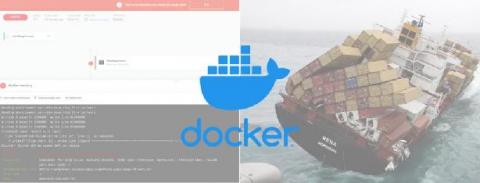2020 State of DevOps Report is here!
With only 49 days before this very long year comes to an end, we’re thrilled to announce the 2020 State of DevOps Report is finally here. We’re in our ninth year producing the State of DevOps Report; at this point, more than 35,000 technical professionals from around the world have contributed to this body of research, the longest-running and most widely referenced DevOps research in the industry.










